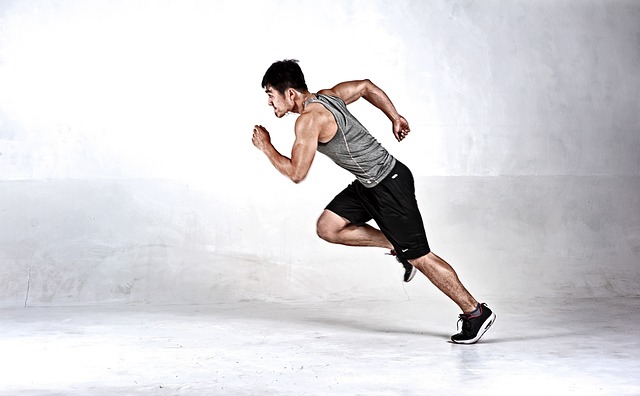For designers, mastering exposure in photography is akin to controlling the essence of their creative visions. Just as a designer meticulously curates every element in a composition, understanding exposure can transform a photograph from a simple image into a powerful narrative. The interplay of light and shadow affects the mood, energy, and clarity of your work, making it imperative to comprehend the nuances of exposure.
In the realm of photography, exposure refers to the amount of light that reaches the camera’s sensor, influencing the brightness and detail of an image. As a designer, think of exposure as the foundation of your visual storytelling. Using a camera equipped with a high-quality lens enables you to manipulate optics to achieve stunning results. Experimenting with aperture settings, shutter speed, and ISO allows you to control the brightness and depth of field, which can evoke different emotional responses in your audience.
When approaching a subject, consider how various exposure settings affect the narrative. A well-exposed photograph can take viewers on a journey through light and shadow, highlighting intricate details that may go unnoticed. For instance, shooting in lower light often requires longer exposures, which can create beautiful blurs in motion, adding dynamism to a scene. Conversely, utilizing a fast shutter speed can freeze a moment in time, triumphant and clear, embodying the power of decisive action.
As designers, it’s essential to understand that the device you choose impacts your exposure outcome greatly. High-end cameras may boast advanced metering systems that determine optimal exposure settings, but the human eye and creative intuition are equally vital. Familiarize yourself with your camera’s capabilities, whether you’re wielding an intricate DSLR or a versatile mirrorless system. This knowledge will empower you to capture your surroundings as you envision them.
Choosing the right optics also plays a critical role in exposure. Lenses vary in their ability to gather light; for instance, a fast prime lens with a wide aperture allows for more light capture, granting you flexibility in lower-light conditions. This is critical for designers who often find inspiration in unexpected settings, from quiet cafés to bustling streets. Each environment calls for a keen eye to adjust exposure settings that align with the unique atmosphere they wish to portray.
Additionally, post-processing offers an excellent opportunity to refine exposure and enhance the storytelling aspect of your photographs. Utilizing software like Adobe Lightroom or Photoshop, designers can adjust exposure levels to better reflect their creative intentions. This step not only polishes the image but also allows for a more profound representation of your artistic vision.
In the end, for designers, mastering exposure is about more than just technical skills—it’s about tapping into the emotions and ideas that underlie your creative expressions. Each click of the shutter should resonate with intent, illuminating your distinctive perspective. By understanding and manipulating exposure, you not only bolster your photographic prowess but also enrich your design work, creating a more profound connection with your audience.



